Physical Address
304 North Cardinal St.
Dorchester Center, MA 02124
Physical Address
304 North Cardinal St.
Dorchester Center, MA 02124
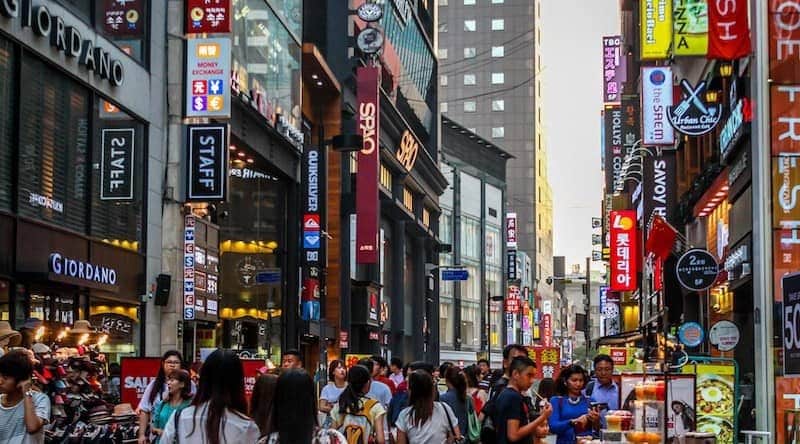
Whether you’re returning home from South Korea or just about to head out, you will want to acquire some cool South Korean gifts to bring back for your loved ones or as a great souvenir for yourself. Check out this list of 10 great things to buy in South Korea.
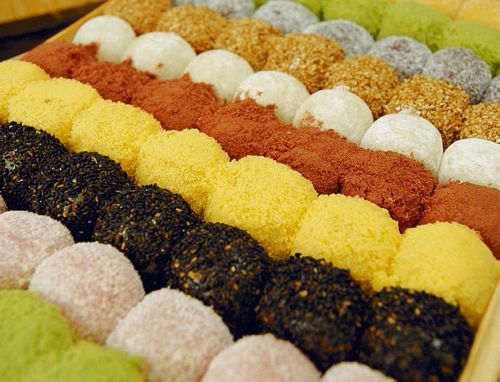
Tteok is among the most commonly eaten foods in Korea. It is produced from the steaming of glutinous rice flour. As there are more than a hundred different types of tteok, it will be difficult to sample each one during a trip to Korea. Numerous types of rice cakes are sweetened with red bean paste, mung bean paste, honey, or fruit. Other types of rice cakes are not at all sweet, but have a savoury flavour due to the addition of nuts, oil, or seeds. Because tteok is such a vital element of Korean culture, it is usually served on New Year’s Day and Chuseok, Korea’s two greatest national festivals. A box of different Korean rice cakes is a delectable treat to share with friends back home. After sampling a few different types of rice cakes at the store, a shopper can pick to purchase only the rice cakes she desires.
If you’re looking for charming and practical souvenirs, consider Korean socks. Known for their quirky and colourful designs, these socks often feature popular K-pop groups, cultural icons, or traditional patterns that make them a delight to wear. Korean socks are a favourite among tourists due to their affordability and uniqueness. You can find them in bustling markets and trendy shops across Seoul, where they make for perfect gifts that combine fashion with a touch of Korean culture.
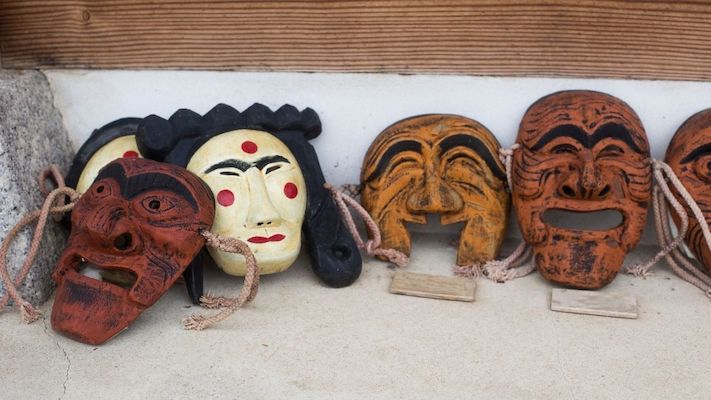
Korean masks, known as tal, have a lengthy history of use in ceremonies, rituals, as part of war costumes, and in royal courts. Due to shamanistic beliefs in Korea, ugly and horrible masks were frequently used in ceremonies to ward off evil spirits, eliciting responses such as terror or amusement from the audience. Soldiers and their mounts frequently wore combat masks. The hahoe-tal masks were frequently used in dances and performances. Today, masks are predominantly employed as good-luck charms and in recreations of traditional rites and plays. Typically, masks are crafted from alder wood, varnished to make them waterproof, and decorated with motifs. Red dots on the forehead and cheeks typically indicate whether a mask is intended to resemble a male or female. Those with red dots are almost invariably female, whereas those without red dots are often masculine.
K-pop enthusiasts will relish the wide selection of merchandise available throughout South Korea. From albums and photo cards to clothing and accessories, there’s something for every fan of groups like BTS and Blackpink. Authentic K-pop merchandise can be found in stores like YG Select or SM Town, particularly in the Myeongdong shopping district, which is a haven for music lovers. These items not only serve as great memorabilia but also allow fans to express their passion and support for their beloved artists.
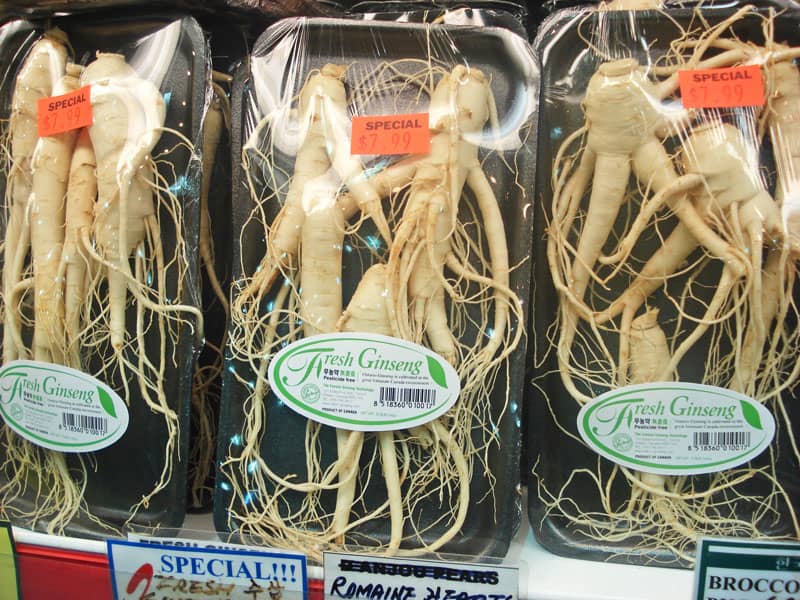
Korean Ginseng has been famous for its therapeutic benefits since antiquity. People from throughout the world travel to Korea in search of this magical root. And despite being one of the most expensive gifts you can receive, it is also one of the healthiest. Ginseng is an excellent present for Koreans who value living long and healthy lives. This is available at supermarkets and Nameddaemun Market, among other locations.
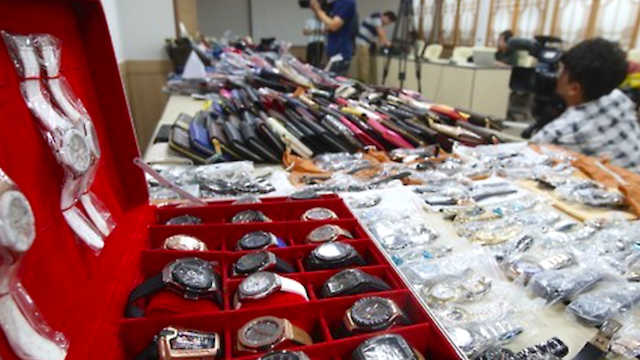
Ever wanted a Louis Vuitton bag but lacked the funds? There is a black market in Korea that specialised in counterfeit brand-name bags. These counterfeit handbags are of the highest quality and can cost hundreds of dollars (compared to thousands for real ones). Head to Itaewon to find some of these.
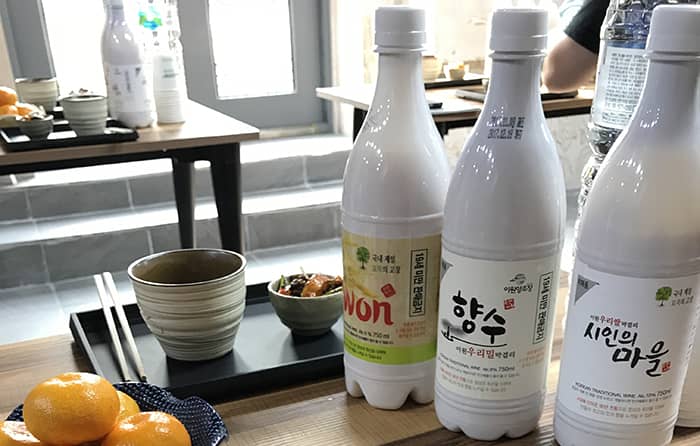
Not many people who drink soju for the first time exclaim, “Man, that was the coolest thing I’ve ever drunk!” Instead, we recommend sending your friends a bottle of makgeolli. The white carbonated alcoholic beverage has a flavour that is distinctively Korean and it is a very nice beverage to consume! There are actually many soju flavors to choose from and enjoy. Find them in Korean supermarkets and convenience stores.
Korean stationery is much admired for its stylish and whimsical designs. Offering everything from notebooks and planners to decorative stickers and pens, it’s ideal for those who love to jot down thoughts or plan creatively. Whether you’re shopping in Insadong or Hongdae, you’ll be surrounded by a delightful selection that makes every written note or creative doodle a little bit more special. These items are not just functional but also make for thoughtful gifts with a personal touch.
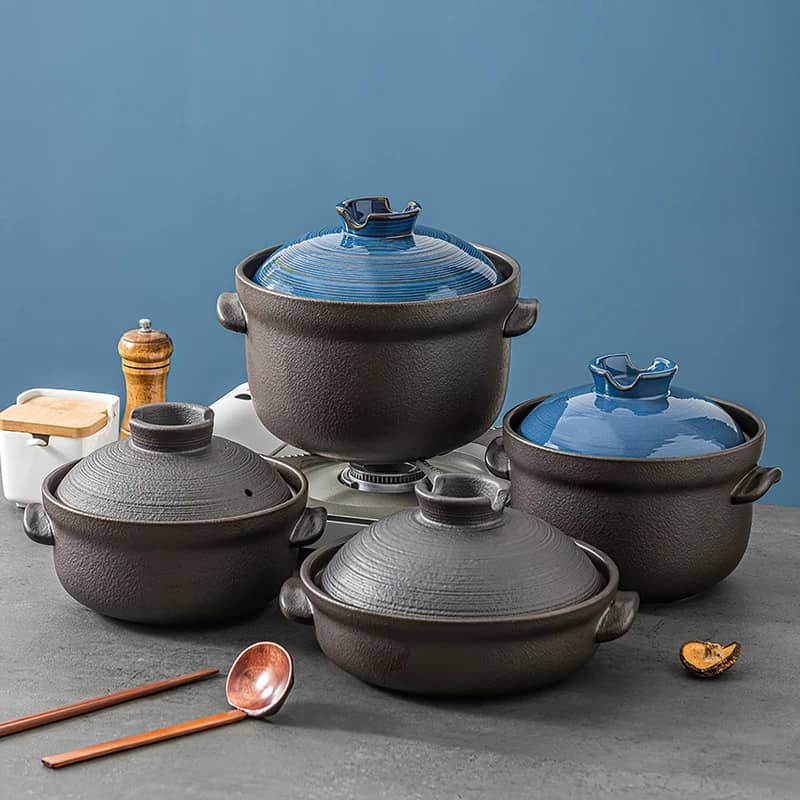
There are some uniquely Korean cooking pans that would make excellent presents. Why not purchase a stone pot to make your own dolsot bibimbap? (stone pot bibimbap). Obtainable in Namdaemun Market, among other locations. Alternatively, if you’re a Wasabi fan, you could check out a handmade sharkskin wasabi grater.
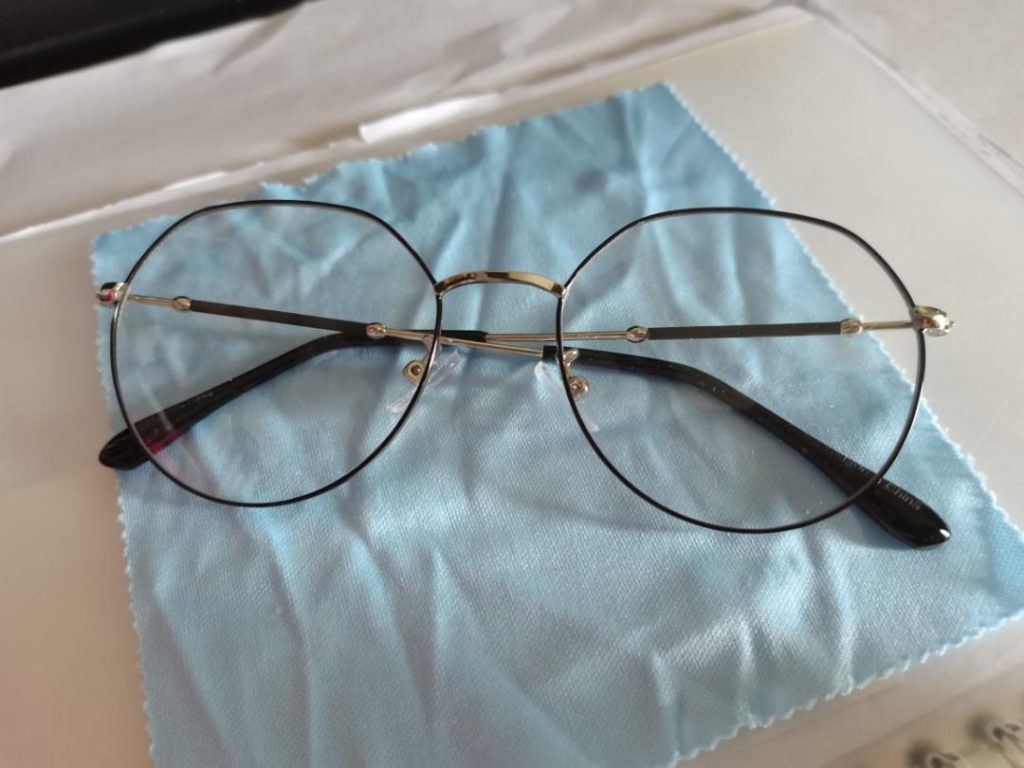
Glasses may not be the most obvious gift to give (due to fashion preferences and prescriptions etc), but since glasses are inexpensive in Korea, they are still a nice gift to offer. Visit Namdaemun Market for inexpensive glasses.
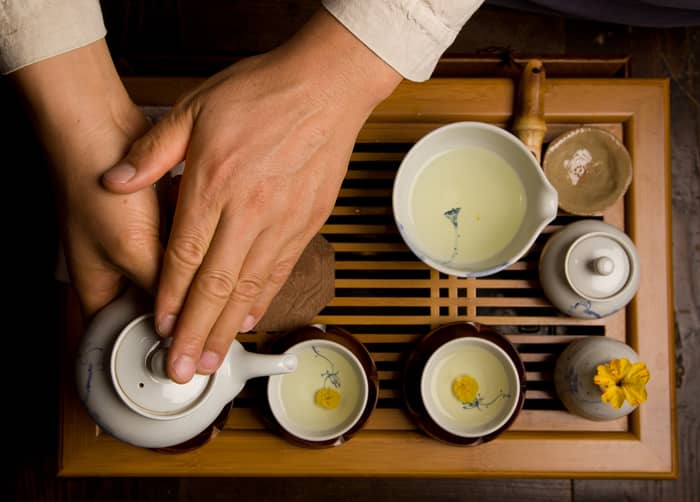
Prepare yourself to sample more herbal and floral kinds, as Korean tea differs slightly from the western conception of tea. I prefer traditional fruit teas such as omija-cha (made from magnolia berries) and meshilcha (sweet plum tea), but if you’re feeling brave, you should also try dandelion tea! I definitely recommend the green tea from Boseong or Jeju produced in Korea.
The world has taken notice of South Korea’s beauty industry, renowned for producing innovative skincare and cosmetic products. Korean beauty focuses on healthy, radiant skin, making products like sheet masks, serums, and BB creams highly sought after. Major stores such as Innisfree or Olive Young offer an impressive range of items that cater to various skin types and concerns. These products not only serve as excellent gifts but also bring a bit of Korean skincare magic back to your daily routine.
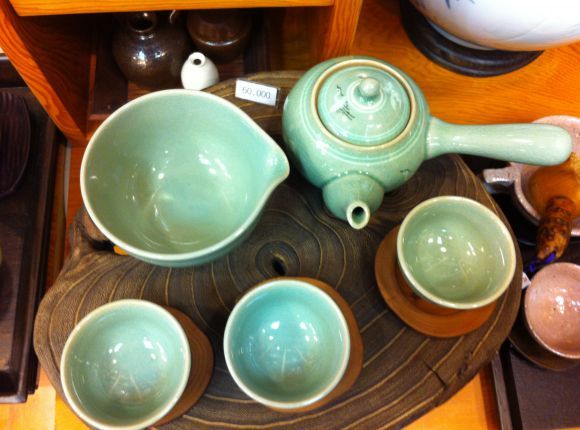
Locally known as cheong-ja, Korean celadon is renowned for its beauty and superior craftsmanship. The history of Korean pottery dates back thousands of years. Korean pottery varies from Chinese pottery in that its design emphasises simplicity rather than ostentation. Using a glaze that was distinct from the clay base, Korean ceramists enjoyed creating colour contrasts. The process of inlaying designs, known as sang-gam in Korean, used the use of different coloured clays to make a celadon with varied hues. Celadon refers to the jade-green glaze frequently found on Korean ceramics. Because it was developed and improved during the Goryeo period, the 10th and 11th centuries, Korean celadon is frequently referred to as “Goryeo celadon.” Numerous porcelain stores in Insa-dong offer excellent celadon dinnerware at reasonable costs.
For a touch of traditional Korean elegance, consider hanbok-themed souvenirs. These miniature renditions of Korea’s iconic traditional attire are available in the form of keychains, ornaments, or decorative items. These make beautiful keepsakes that capture the rich colours and patterns of the hanbok, and are widely available in tourist spots like Insadong or cultural shops near palaces and museums. They are not only visually appealing but also carry the charm and history of Korea’s cultural heritage.
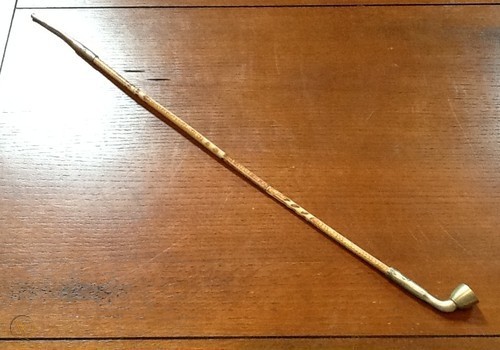
Even while smoking pipes do not have a thousand-year local tradition like hanbok or bamboo flutes, they are nonetheless a significant cultural artefact with over 400 years of history, which equally counts. In Korea, smoking was an important activity not just for men, but also for women and children. The pipe’s composition was determined by a person’s social standing and wealth. The wealthy frequently smoked pipes packed with valuable metals and stones, whereas the commoners smoked pipes made of wood. Interestingly, the wealthier one was, the longer they could smoke their pipe. This was because the lengthy pipes, some of which were as long as four feet, required the assistance of a servant who would light the pipe for the smoker. Therefore, long, unsuitable pipes became a prestige and wealth symbol. The ones offered for sale in Insa-dong have a wooden shaft with a metal tip and bowl. Typically, Korean designs are engraved on the metal pieces. Certain pipes include a tassel. The price varies depending on the pipe’s length.
South Korea is home to some amazing handmade gifts. There is always something to buy and bring home to remind you of your trip. Let us know if we’ve missed anything.